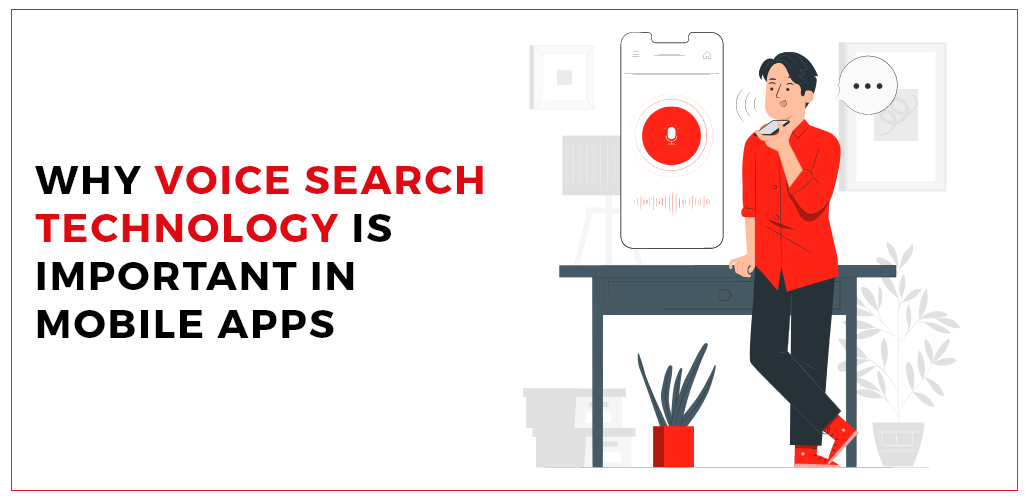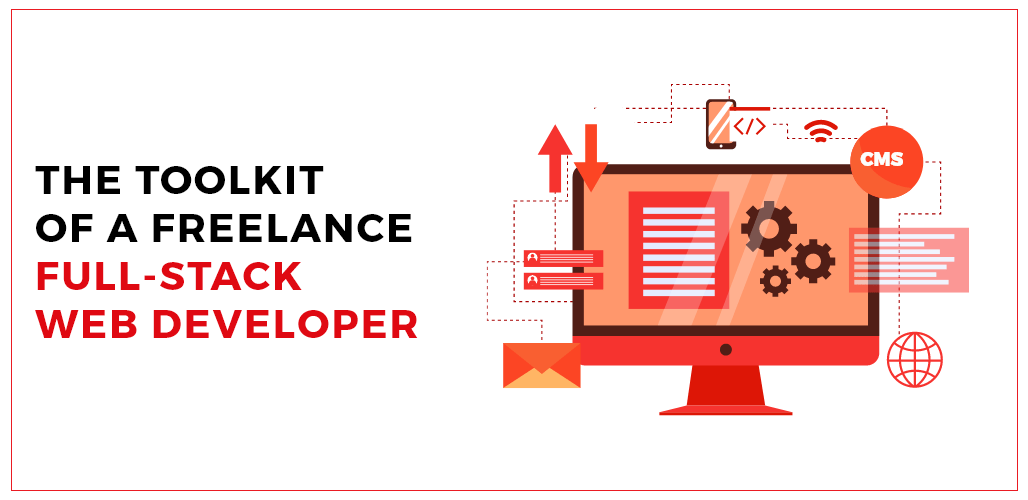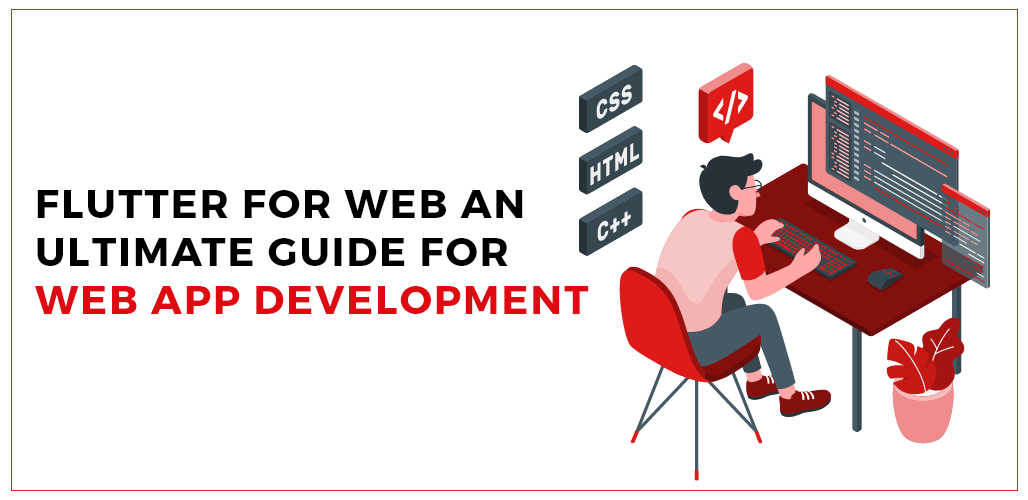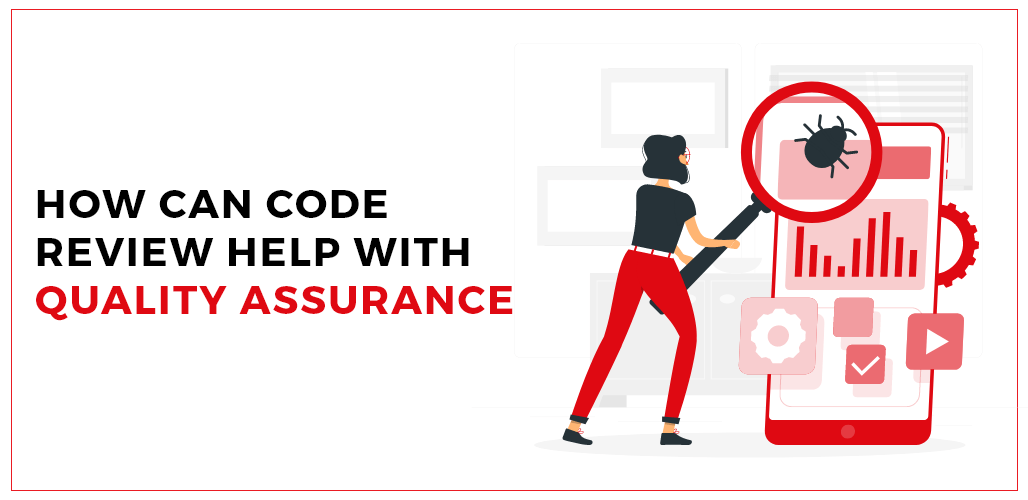Internet traffic will be divided 38.6/59% between desktop and mobile in 2022. Companies are turning to progressive web apps (PWAs), sophisticated websites that offer app-like functionalities on mobile devices, as 76% of customers demand a consistent product experience across channels.
What is Progressive Web Application?
Consider a responsive website and add features seen in native apps to it. That is how progressive web apps are characterized. Since conversion speed is crucial, they were designed using HTML, CSS, and JavaScript using lightweight web technologies. PWAs resemble websites when used on a laptop for desktop use. They operate more quickly and efficiently on mobile devices than native apps that do comparable tasks. You can utilize a PWA website as an app by opening it in a mobile browser like Chrome, Firefox, or Opera and adding a desktop shortcut.
Here are the best PWA Examples
The list of PWA examples is infinite but we will be discuss some important examples:
Starbucks
Starbucks created a PWA of the online ordering system for all of its customers to make it accessible and user-friendly. The ordering system’s PWA offers a similar user experience to its current native app. Simply put, the Starbucks PWA enables users to personalize orders, browse the menu, and add items to their carts without needing an internet connection. As soon as they are online, they may examine the cost for their area and place an order.
Since the majority of PWA is accessible without a network connection, it is excellent for mobile users who frequently have connectivity issues during the day. Starbucks has already had notable success since introducing the new ordering PWA.
The fact that the app is 99.84% smaller than the current Starbucks app has made it a web app favorite among users. As a result, there are now twice as many web users placing orders daily on desktop computers as on mobile devices.
Telegram
A cross-platform instant messaging service called Telegram was introduced in 2013, and as of this writing, 700 million people use it regularly, per company statistics. It was also one of the top 5 downloaded apps globally in 2022. The platform can be utilized on a variety of platforms, and users may access their accounts on both mobile and desktop simultaneously, thanks to its PWA version.
The Washington Post
The Post, one of the top publishers in the United States, is vying to reach 61 million unique visitors by April 2022 with breaking news. They employ a PWA to boost channel retention because 83.2% of readers are on mobile devices. The platform’s progressive web application uses AMP technology to deliver almost rapid page loading. To encourage readers to read more, every related link presented on the page loads when a user reads an article.
Debenham
Debenham is another popular PWA example. When considering companies enhancing their customers’ shopping experiences in the fashion industry, Debenham stands out among the sea of PWA instances as one that must be mentioned.
The well-known UK company discovered that although mobile traffic had increased on their old website, mobile conversion rates had not. They concluded that a digital transformation is necessary, or their overall digital growth would slow down. Especially on mobile devices, the company desired a solution that would offer a seamless client experience.
The Debenhams team identified the answer in PWA. Once they changed their old website into a PWA, their efforts were fruitful. By removing roadblocks to the customer’s journey, such as sluggish websites, a challenging layout, and a convoluted checkout process, they improved the user experience. Overall, mobile sales for Debenhams increased by 40%, and conversions went up by 20%.
MakeMyTrip
MakeMyTrip is a well-known online travel agency in India. Before the Progressive Web App launch, it experienced high bound rates and ongoing, exorbitantly expensive customer acquisition expenditures. MakeMyTrip decided to take advantage of progressive web apps as a solution to the problem to improve the user experience while using the budget more effectively.
It is the most well-known social magazine in the world and gives readers a central location to stay up to date on all of their favorite subjects, news, and events. Based on user interests, the website compiles news and articles from across the globe into a magazine format. Users of Flipboard can keep articles, pictures, and videos in their Flipboard magazines and subscribe to their preferred sources. Flipboard is a fantastic example of a Progressive Web App (PWA) for online news. The PWA uses the least amount of data while offering a stunning design for a quick and easy browsing experience.
TwitterLite
Even though there are several native Twitter apps for iOS and Android, many users choose to use a mobile web browser like Google Chrome or Safari to access the American online news and social networking service. As a result, it’s crucial that Twitter is presented in its best possible light during the standard mobile web experience.
The finest of the contemporary web and native features were combined to create the Twitter Lite Progressive Web App, which was released globally in April 2017 as the new standard mobile web experience. The app includes a “Add to Homescreen” prompt, push notifications that function similarly to those from native apps, and a unique data saver option that can significantly lower the amount of mobile data utilized.
Conclusion
With the passage of time progressive web apps are becoming the first priorities of the companies. PWAs are device independent and work in all network conditions. If you want to migrate your e-commerce store to a PWA AppVerticals can help you. At AppVerticals we provide the top-notch web application development services in the USA.








